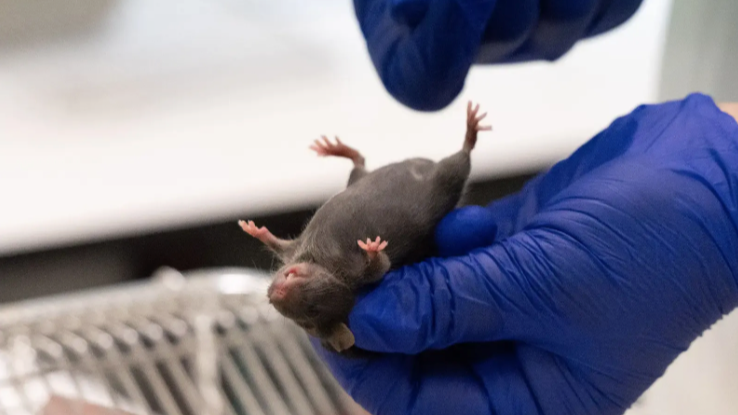Revolutionary pacemaker tested in animals
- Nuno Gonçalves
- Mar 28, 2024
- 1 min read

US researchers have unveiled an ultra-thin, wireless pacemaker powered by light, marking an innovation in the treatment of heart disease.
Traditional rigid pacemakers, though effective in managing irregular heart rhythms, come with limitations such as the risk of wiring failures and tissue damage.
Researchers from the Tian Lab at the University of Chicago, Illinois, have now developed a pacemaker that transforms light into electricity.
The device is less invasive and thinner than a human hair, and consists of an optic fibre and silicon membrane. It is designed to be more accurate by generating electricity only at the points where light strikes.
This technology, published in Nature, resulted in the precise regulation of heartbeats in both rats and pigs, showing great promise in treating irregular heartbeats (arrhythmia) and preventing heart failure in humans.
Narutoshi Hibino from the University of Chicago, one of the lead scientists of the study, said: “This advancement is a game-changer in cardiac resynchronization therapy. We're at the cusp of a new frontier where bioelectronics can seamlessly integrate with the body's natural functions.”
While the technology was engineered to be temporary and safely dissolve over time inside the body, the researchers state that these pacemakers can be designed to last different lifespans.



